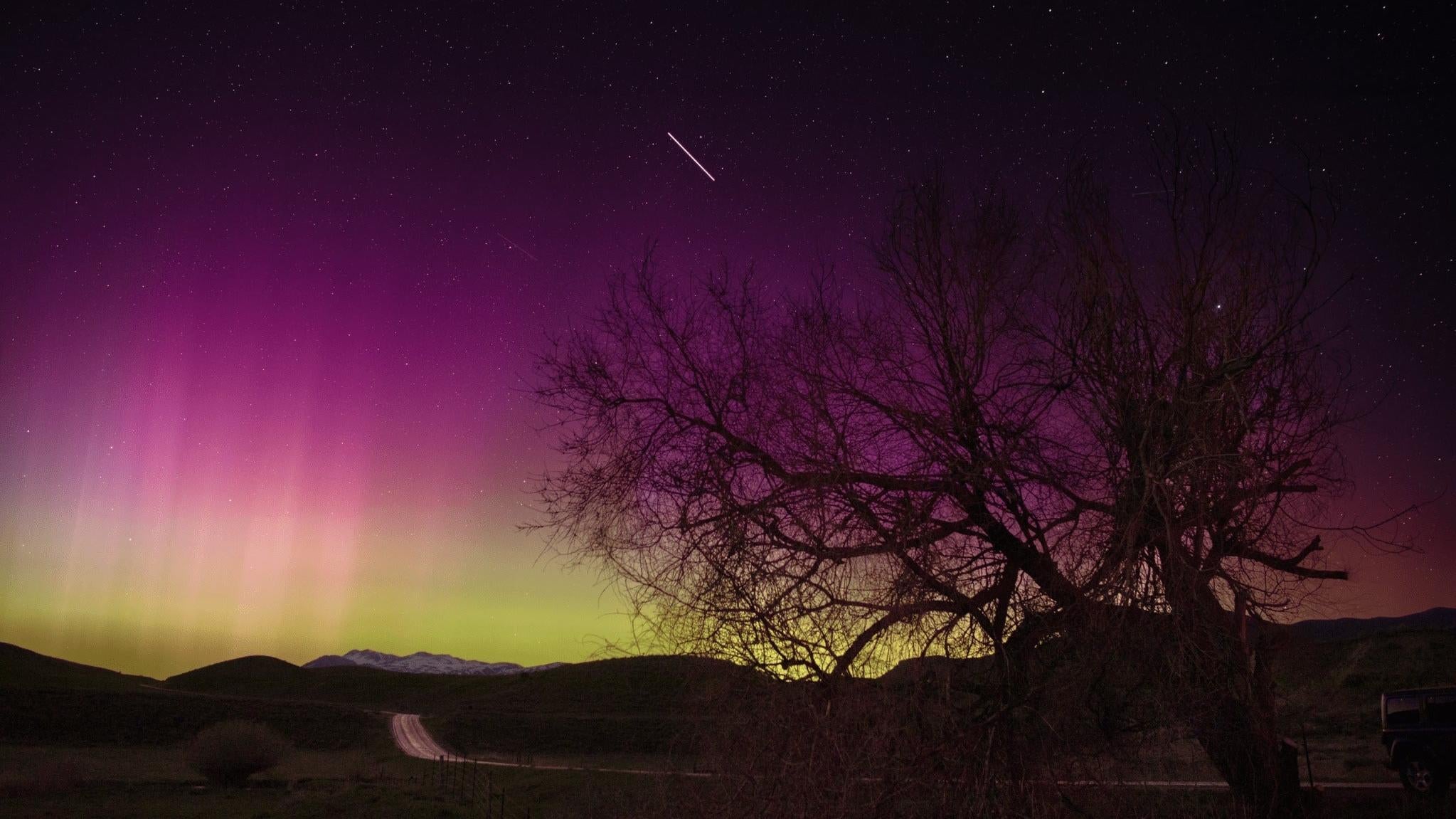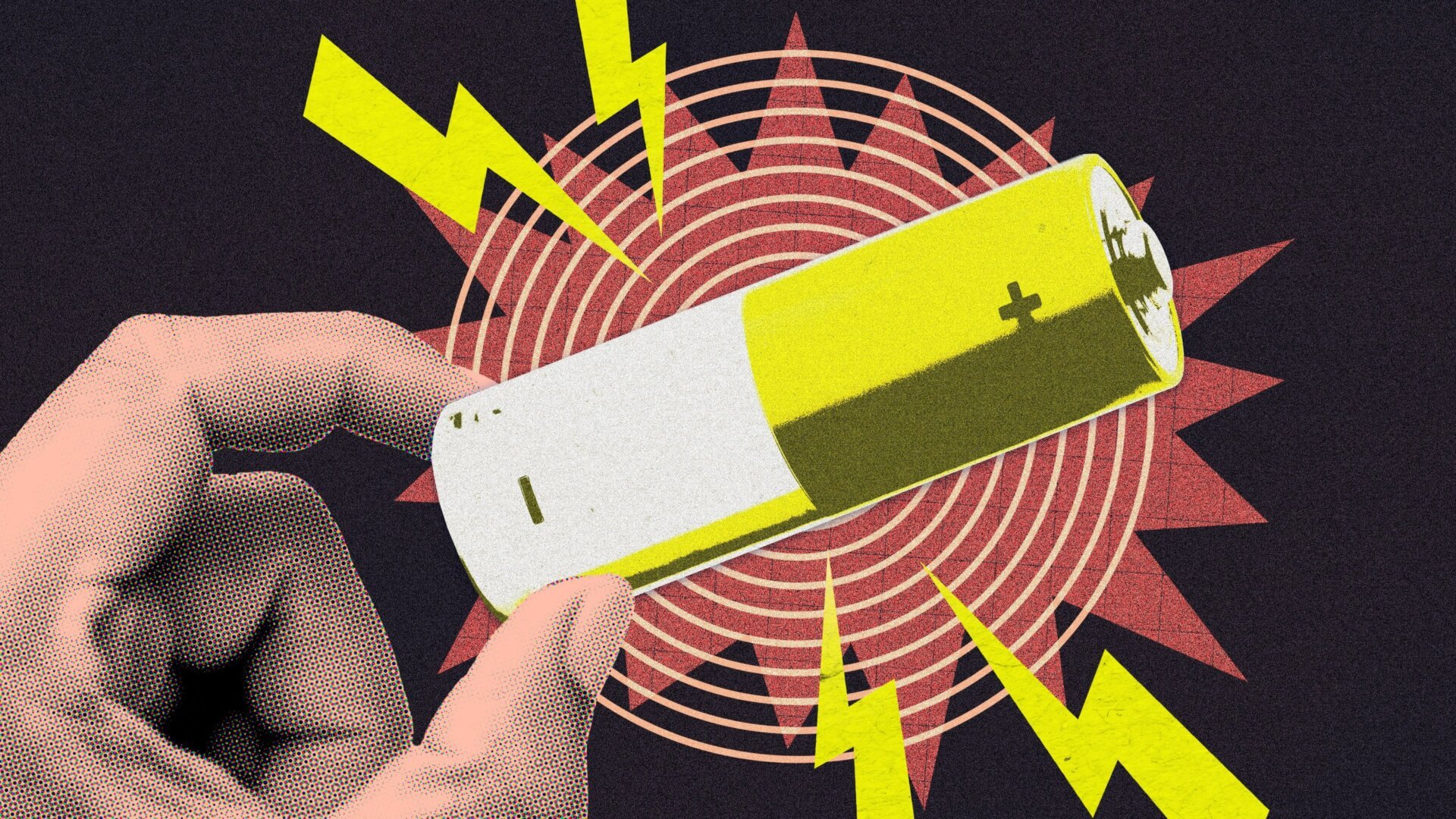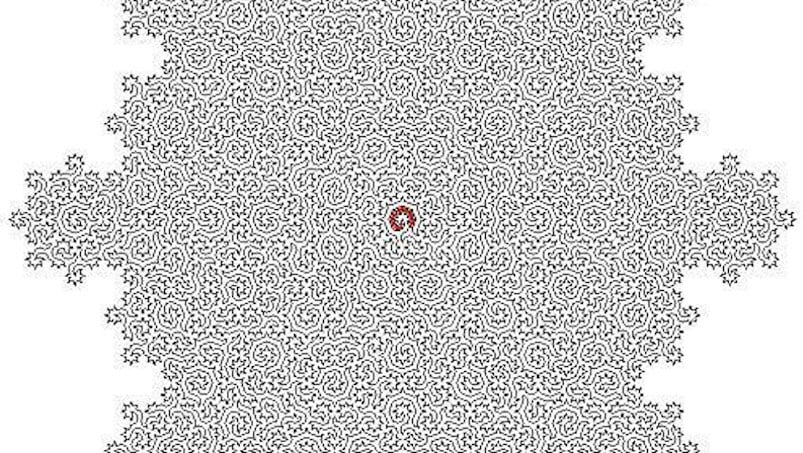A breathtaking display of auroras illuminated the night skies over four continents this past weekend, captivating onlookers with their vibrant hues. This spectacular natural phenomenon, triggered by a powerful geomagnetic storm, extended far beyond its usual polar confines, reaching regions where such displays are rarely witnessed. However, the awe-inspiring event also fueled a wave of misinformation online, falsely linking the auroras to a University of Alaska research program.
The stunning auroras resulted from a G5 geomagnetic storm, the most intense since 2003, according to the National Oceanic and Atmospheric Administration (NOAA). This extreme solar storm, a consequence of heightened activity on the Sun as it approaches its 11-year solar cycle peak, caused solar particles to collide with particles in Earth’s ionosphere. This interaction, typically concentrated around Earth’s poles due to the planet’s magnetic field, produced auroras visible across North America, Europe, and parts of Africa, Asia, and Australia. The widespread visibility of the auroras was a direct result of the storm’s intensity, pushing the displays much further south than typically observed.
 Aurora over the Great Wall of ChinaAn aurora illuminates the Great Wall of China.
Aurora over the Great Wall of ChinaAn aurora illuminates the Great Wall of China.
During a NOAA press conference, scientists warned operators of critical infrastructure about potential disruptions from the storm, impacting systems ranging from transformers to GPS navigation. They also forecasted the exceptional nature of the storm and the potential for auroras to appear in lower latitudes.
HAARP Conspiracy Theories Debunked
Despite the scientific explanation, online conspiracy theorists have attributed the auroras to the High-frequency Active Auroral Research Program (HAARP), a research project studying the ionosphere operated by the University of Alaska. These theories center around the timing of scheduled HAARP testing, which coincided with the auroral displays, falsely suggesting a causal link. The University of Alaska has directly refuted these claims, emphasizing that the HAARP experiments were unrelated to the solar storm or the resulting auroras.
The Truth About HAARP
HAARP, a research facility based in Alaska, investigates the ionosphere, the region of Earth’s atmosphere extending from approximately 50 to 400 miles above the surface. The program utilizes specialized instruments, including the Ionospheric Research Instrument, capable of temporarily stimulating a small area of the ionosphere for scientific study. While HAARP can generate localized, small-scale auroras, its capabilities are far from replicating the grandeur of naturally occurring auroral displays.
The persistence of HAARP conspiracy theories, often associating the program with unfounded claims of weather manipulation, reflects a broader pattern of misinformation. These theories extend beyond auroras to encompass various weather phenomena, from rainfall to sunshine, often driven by a need to find explanations, as suggested by a 2023 American Psychological Association study.
Separating Fact from Fiction
The recent auroral displays were a remarkable natural event caused by a powerful geomagnetic storm, not a result of human intervention. While HAARP contributes to our understanding of the ionosphere, its capacity to influence large-scale atmospheric phenomena is significantly limited. Distinguishing between scientific evidence and unfounded claims is crucial for accurately interpreting natural events like these spectacular auroras. The breathtaking spectacle served as a reminder of the power and beauty of natural phenomena and the importance of relying on credible sources for information.











